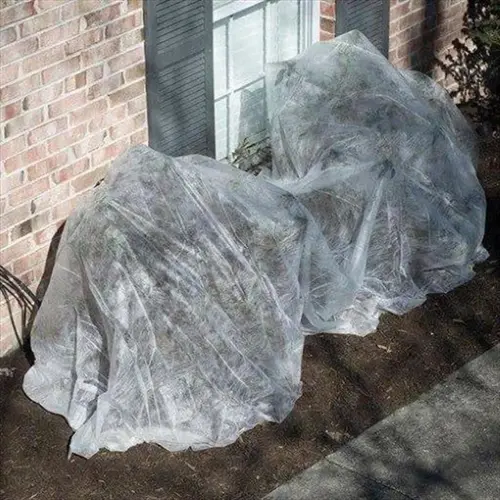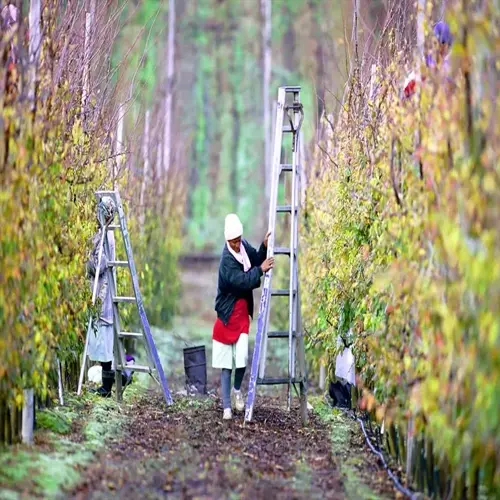Is overwatering the only cause of root rot?

Written by
Tina Carter
Reviewed by
Prof. Martin Thorne, Ph.D.Although overwatering is frequently cited as the primary cause of root rot, multiple factors contribute to this plant disease. I learned this firsthand when my baby teatree fern developed root rot, despite following the perfect watering guidelines. Upon further investigation, I found that pathogens had contaminated the pruning shears I used to propagate the fern. In actuality, root rot comes from the interaction of moisture, pathogens, and varying environmental conditions.
Soil and Drainage Issues
- Compacted soil reduces oxygen reaching roots
- Inadequate drainage holes trap water in containers
- Organic-heavy mixes retain excessive moisture
Pathogen Transmission
- Reused contaminated soil spreads fungi
- Unsterilized tools transfer pathogens between plants
- Infected nursery plants introduce diseases
Environmental Conditions
- Temperatures below 60°F (15°C) slow root metabolism
- High humidity reduces evaporation rates
- Poor air circulation creates stagnant conditions
Pathogen transmission contributes significantly to the incidence of root rot. I can speak from experience, as I killed three plants by using the same trowel without cleaning it. Likewise, many fungi, like Pythium, can live in soil particles that cling to tools. Water runoff between pots can spread pathogens very effectively. Quarantining new plants for two weeks before introducing them can help eliminate these unwanted new plants.
Environmental factors can create a favorable environment for root rot to develop. Cool temperatures, below 60°F (15°C), inhibit water absorption. High relative humidity reduces evaporation from soil surfaces. Stagnant air prevents moisture loss in the root zone. These conditions create an opportunity for root pathogens to grow and thrive even with precise watering practices.
Avoid root decay with a variety of methods. Use well-draining soil mixes that have perlite or pumice. Sterilize your tools with 70% alcohol after each use. Keep tropical plants above 65°F (18 °C). These methods help with all variables, not just with the volume of water.
Determine what the exact causal factor is when treating affected plants. Be sure to check for drainage before assuming that the problem is just overwatering. Investigate roots for signs of disease-related patterns. Evaluate the environmental conditions around the plant. More targeted, specific solutions produce better results than ubiquitous solutions that provide somewhat effective outcomes. Target the causal factor, and the plant will typically recover quickly.
Read the full article: Spotting Signs of Root Rot Early

